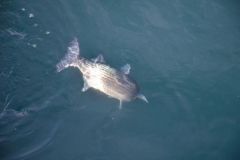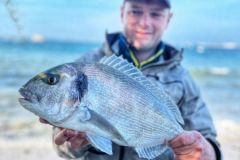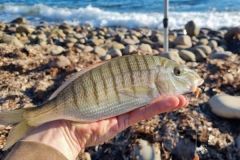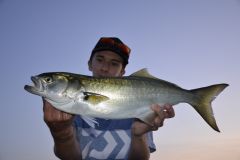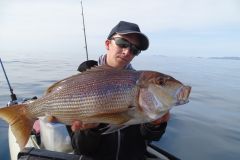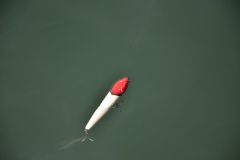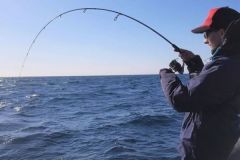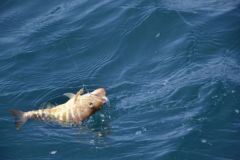Sar characteristics
The sar is a marine fish that frequents coastal waters, often found near rocks, seagrass beds and sandy bottoms. It is known for its ability to feed on a variety of organisms, including crustaceans, molluscs and small fish. Its combativeness and delicate flesh make it a sought-after trophy for fishermen.
The surfcasting technique
Equipment
For surfcasting, a long, sturdy rod is needed to cast heavy baits over long distances. A suitable fixed-drum reel is used to handle long distances and vigorous fighting.
Bait
Natural baits such as sand worms, crustaceans, cuttlefish or squid strips, and shellfish are effective in attracting sar.
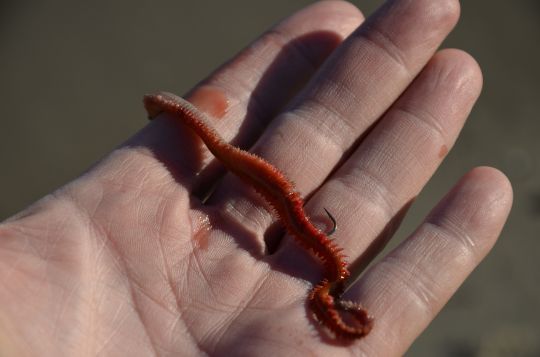
Mountings
A sliding rig is often used to allow the sar to take the bait without resistance. When surfcasting for sar, it's essential to use suitable rigs that present the bait effectively while withstanding the vigorous fighting of this fish.
- A sliding lead placed on the main line.
- A line stop or stopper knot to limit lead movement.
- A fluorocarbon or monofilament leader, generally 0.25 to 0.30 mm in diameter.
- A hook adapted to the size of the bait, often a size 1/0 to 3/0.
Fishing strategies
The best spots for surfcasting are beaches with underwater structures such as rocks or sea grass beds. Areas with moderate currents are also favourable.
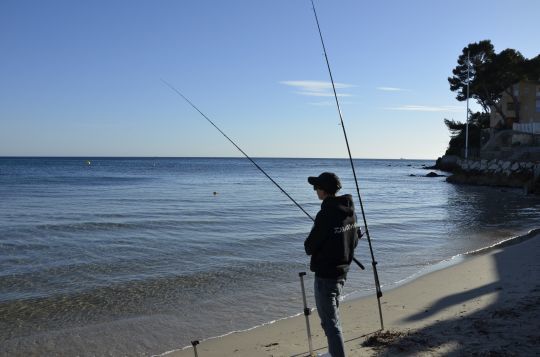
Sar are often most active early in the morning and late in the day, especially during periods of rising or falling tide. Night fishing can also be productive, especially when using light bait.

Surfcasting for sar is a demanding activity that requires a good knowledge of techniques, equipment and fish behavior.

 /
/ 



